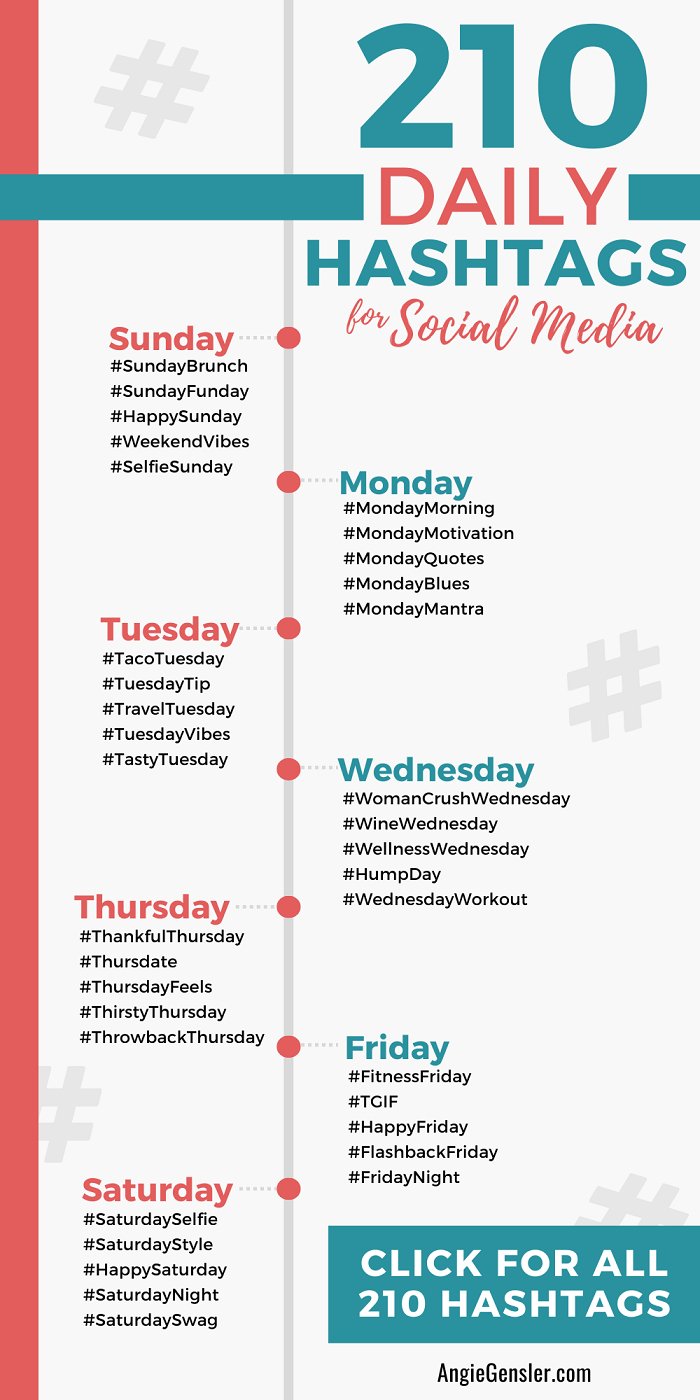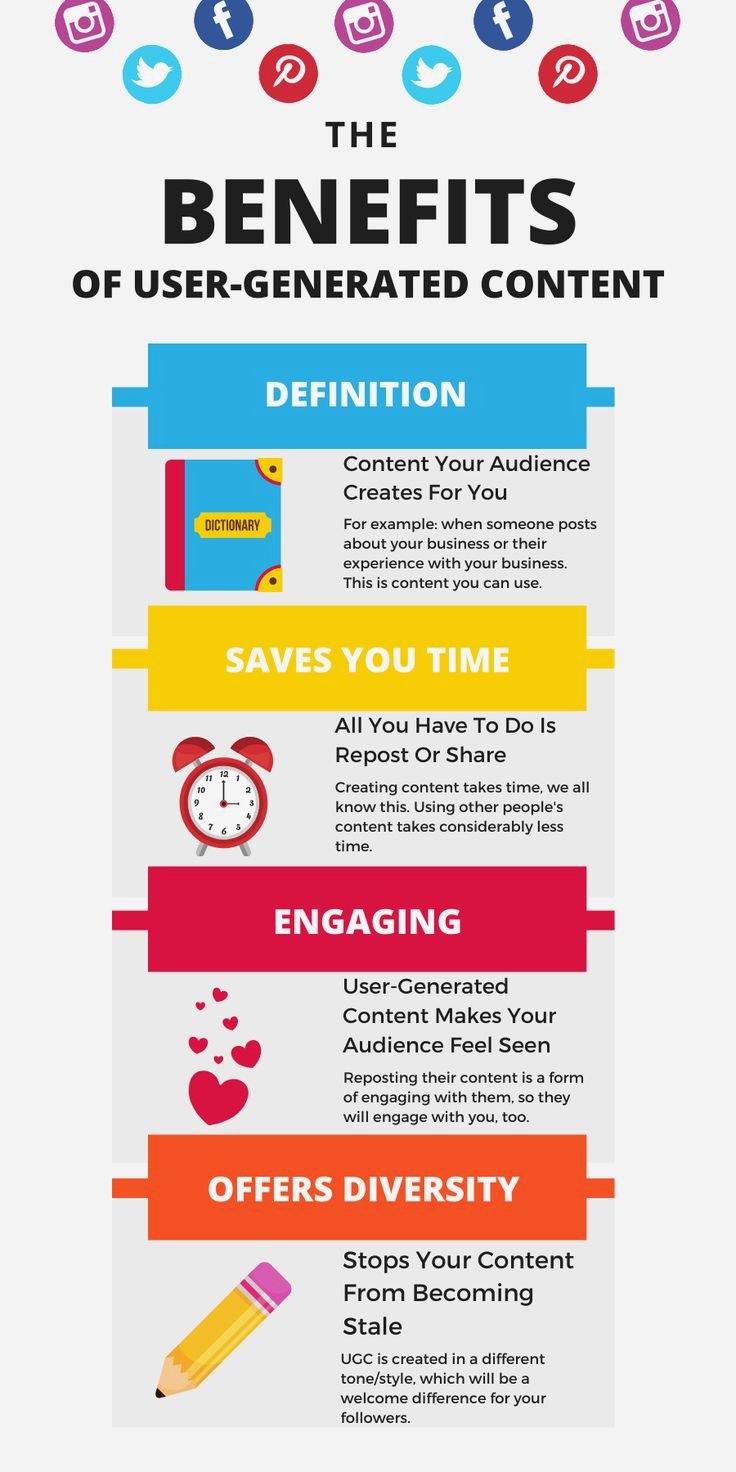Email marketing is a powerful tool that businesses can use to engage with their customers and drive conversions. However, with so many businesses vying for consumers' attention in their inboxes, it's important to develop effective strategies to ensure that your emails...
How to Optimize Your Ecommerce Website’s Product Page for SEO and Higher Ranking
How to Optimize Your Ecommerce Website’s Product Page for SEO and Higher Ranking
Introduction
In today’s digital age, having an ecommerce website has become an essential part of doing business. However, merely having a website is not enough. To succeed in the online marketplace, you need to ensure that your ecommerce website ranks high on search engine result pages (SERPs). One of the critical factors that influence the ranking of your ecommerce website is the optimization of your product pages for search engine optimization (SEO). In this blog, we will discuss how to optimize your ecommerce website’s product pages for SEO and achieve higher rankings.
- Conduct Keyword Research
The first step in optimizing your ecommerce website’s product pages for SEO is to conduct keyword research. Keyword research involves identifying the keywords that your potential customers are searching for and incorporating them into your website’s content. There are various keyword research tools available, such as Google Keyword Planner, Ahrefs, and SEMrush, that can help you identify relevant keywords for your ecommerce website. Once you have identified the keywords, you need to incorporate them strategically into your product pages’ content.
- Optimize Product Titles
Your product titles play a crucial role in determining your ecommerce website’s ranking on search engines. Therefore, it is essential to optimize your product titles for SEO. Your product titles should be descriptive, concise, and contain your primary keyword. Make sure to avoid using generic product titles as they can hurt your SEO efforts.
- Write Compelling Product Descriptions
Your product descriptions provide potential customers with essential information about your products. Therefore, it is crucial to write compelling product descriptions that incorporate your primary keywords naturally. Your product descriptions should be unique, informative, and easy to read. You should also avoid duplicating product descriptions from other websites as it can negatively impact your SEO efforts.
- Include High-Quality Images and Videos
Visual content such as images and videos play a crucial role in the online shopping experience. Therefore, it is essential to include high-quality images and videos of your products on your ecommerce website’s product pages. Including images and videos not only enhances the user experience but can also improve your SEO efforts. Make sure to optimize your images and videos by including relevant file names and alt text that incorporate your primary keywords.
- Use Structured Data Markup
Structured data markup is a way of providing search engines with additional information about your website’s content. By using structured data markup, you can provide search engines with information such as product prices, reviews, and availability. Structured data markup can help your ecommerce website’s product pages appear as rich snippets on search engine result pages, improving their visibility and click-through rates.
- Improve Page Speed
Page speed is a crucial factor that determines your ecommerce website’s ranking on search engines. Slow-loading pages not only hurt the user experience but can also negatively impact your SEO efforts. To improve your ecommerce website’s page speed, you can optimize your images and videos, reduce the number of HTTP requests, and use a content delivery network (CDN).
- Implement Internal Linking
Internal linking is a way of linking pages within your website. Implementing internal linking can help search engines understand the structure of your website and improve your website’s ranking on search engine result pages. Internal linking also helps users navigate your website and discover related products.
Conclusion
Optimizing your ecommerce website’s product pages for SEO is a crucial factor in achieving higher rankings on search engine result pages. By conducting keyword research, optimizing product titles and descriptions, including high-quality images and videos, using structured data markup, improving page speed, and implementing internal linking, you can improve your ecommerce website’s visibility and attract more potential customers. Remember that SEO is an ongoing process, and it takes time and effort to see results. Therefore, it is essential to monitor your website’s performance regularly and make necessary changes to improve its SEO efforts.

Recent Blog
Boosting Your Email Marketing for 2023 and Beyond: 5 Effective Strategies
Achieving Email Marketing Success: Strategies for Growing Subscribers and Boosting Conversions on Your Path to Success
Email marketing can be an incredibly effective tool for businesses looking to connect with their audience and drive sales. However, simply sending out emails to a list of subscribers isn't enough to guarantee success. To truly achieve email marketing success, you need...
25 Email Marketing Statistics That Every Business Owner Should Be Aware of in 2023
Email marketing is a crucial component of digital marketing strategy for many businesses. It involves sending commercial messages to a group of people via email to promote a product or service. As we move into 2023, it's important for business owners to be aware of...
Seven Email Marketing Pitfalls Every Business Owner Must Steer Clear Of
Introduction: In today's digital age, email marketing has become a crucial part of every business's marketing strategy. It allows businesses to reach out to their target audience directly and promote their products or services effectively. However, as with any...
2023 Email Newsletter Strategies: Essential Trends and Predictions to Stay Informed
Introduction: Email marketing is an ever-evolving landscape, and staying up-to-date with the latest trends and predictions is essential for businesses to stay ahead of the competition. As we head into 2023, it's time to start thinking about the email newsletter...
2023’s Future of Commerce Driven by 15 Ecommerce Trends and Statistics
Introduction: The world of commerce is constantly evolving, and staying up-to-date on the latest ecommerce trends and statistics is critical for businesses to succeed. As we move into 2023, the ecommerce landscape is set to undergo significant changes, with several...
How to Optimize Your Ecommerce Website’s Product Page for SEO and Higher Ranking
Introduction In today's digital age, having an ecommerce website has become an essential part of doing business. However, merely having a website is not enough. To succeed in the online marketplace, you need to ensure that your ecommerce website ranks high on search...
The Key Statistics You Need to Know: Cryptocurrency’s Impact on Ecommerce
Introduction Cryptocurrency has been one of the most talked-about technologies in recent years. While its impact on finance and investment is widely known, its effect on ecommerce is not as well understood. In this blog post, we will explore the key statistics that...
Maximizing Ecommerce Conversions through Best Practices in Product Page Design
Introduction: In today's digital world, ecommerce has become a major force in the retail industry. Online shopping has revolutionized the way consumers purchase goods and services, and as a result, ecommerce has become a critical aspect of many businesses. However,...
In 2023: Overcoming E-commerce Challenges with Essential Tools
Introduction: E-commerce has been on the rise for the past few years, and it's expected to continue its growth trajectory in 2023. With the increasing demand for online shopping, e-commerce businesses are likely to face various challenges. However, these challenges...




